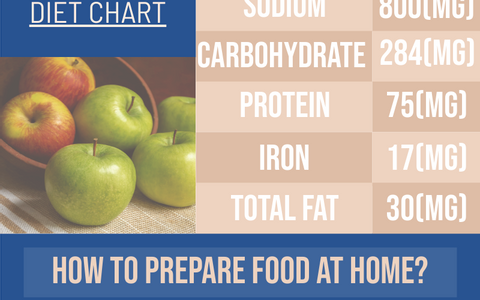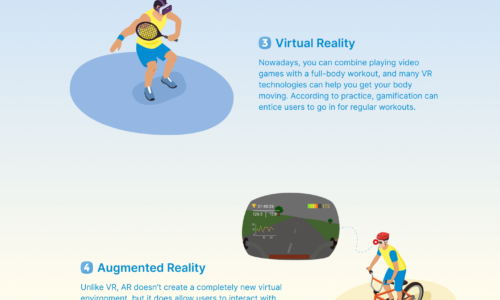The global RFID blood monitoring systems market is projected to reach a value of over US$ 900 Mn in 2026 at a CAGR of 23.2% over the forecast period. Technological advancements in RFID systems and rising demand for reduction of human errors in labelling and use of blood and blood products are other major factors boosting the growth of the global RFID blood monitoring systems market over the forecast period.
Global RFID Blood Monitoring Systems Market: Segmental Snapshot
By product type: The RFID systems segment is estimated to account for highest share in terms of revenue in the global market in 2017, and is expected to register highest CAGR at around 23.0%, as compared to that of the RFID tags segment over the forecast period.
By end user: The blood banks segment among the end user segments is estimated to account for highest revenue share in the global market in 2017. It is further projected to witness significant growth over the forecast period registering a CAGR of around 23.0% over the forecast period. Moreover, the hospitals segment is projected to register highest CAGR of around 23.0%, as compared to other end user segments over the forecast period.
By region: The market in North America accounted for highest revenue share in the global RFID blood monitoring systems market in 2016, and is expected to record a CAGR of around 23.0% between 2017 and 2026. The market in Asia Pacific is expected to register highest CAGR of over 23.5% between 2017 and 2026.
Global RFID Blood Monitoring Systems Market: Competitive Analysis
The research report on the Global RFID Blood Monitoring Systems Market includes detailed competitive analysis on major companies such as Biolog ID, S3Edge Inc., Mediware Information System Inc., Terso Solutions, Inc., SATO VICINITY PTY LTD., Mobile Aspects Inc., Logi-Tag Systems, Nordic ID, WaveMark, Inc., B Medical Systems S.à r.l., and RFID Global Solution, Inc.
![]()









